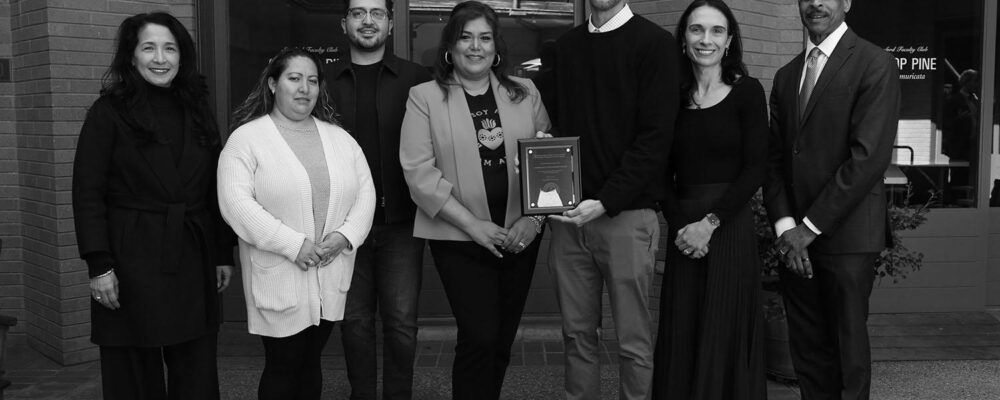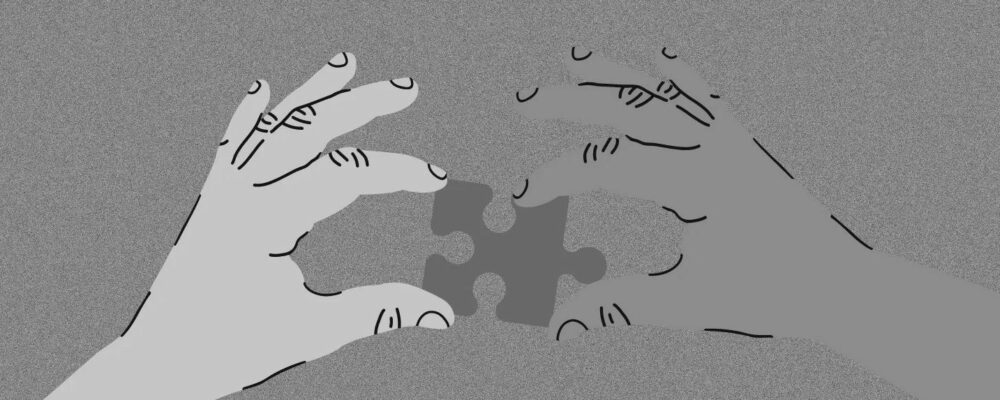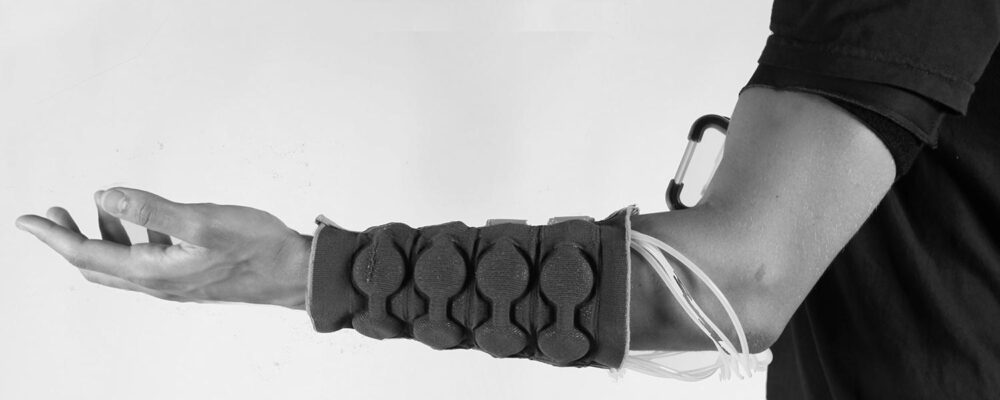Until now, identifying charcoal camps believed to be using forced labor has been reliant on tips, many of which are anonymous. With an overwhelming number of tips to process simultaneously, prioritizing which leads to follow becomes a challenge for the authorities.
“Tracking down the exact location of these sites can be extremely challenging, and it used to take days to pinpoint them,” Assis said. And even once a camp is identified, the traffickers frequently pack up and move the workers to avoid detection. Consequently, anti-trafficking agents are often too late to catch the traffickers in the act and help victims.
So the Stanford trafficking lab members, working with Brazilian agencies and officials, have been developing a machine-learning tool they call CHAR—charcoal anti-trafficking reconnaissance. It uses satellite imagery from PlanetScope and then feeds these into the algorithm trained to take that data and predict the locations of charcoal producing sites.
The data hub offers an unprecedented glimpse into the complex world of trafficking in Brazil, uniting thousands of real trafficking cases with intricate details that shed light on the challenges survivors face and the tactics used by perpetrators.
“It’s very exciting to bring these powerful new technologies to the fight against human trafficking,” said Babiarz, a social science research scholar at Stanford Health Policy who is an expert on large-scale impact evaluations, econometrics and machine-learning analysis. She is the senior analyst for the lab’s research initiatives.
“This summer, we saw first-hand how the tools we have been developing can bring value to the tremendous work of frontline anti-trafficking agents in Brazil, making a real difference in the lives of exploited workers,” Babiarz said.
Brunner said that when she began researching labor exploitation a decade ago, the lack of available data inhibited a robust understanding of the scale and scope of human trafficking around the globe — in which 50 million people are believed to be trafficked into modern slavery on any given day.
“But our Lab is demonstrating that administrative data combined with innovative technologies and data science methods can shed light on this terrible human rights violation with the aim of real-world impact,” Brunner said. “And I think that connects us directly to Stanford’s mission as a purpose-driven university committed to benefitting society.”
Other supporters of projects underway at the trafficking data lab include the Stanford King Center for Global Development, the Stanford Center for Innovation in Global Health, the Stanford Human-Centered Artificial Intelligence center, Stanford Woods Institute for the Environment, and the Dolby Family.
“Stanford University, officially Leland Stanford Junior University, is a private research university in Stanford, California. The campus occupies 8,180 acres, among the largest in the United States, and enrols over 17,000 students.”
Please visit the firm link to site






